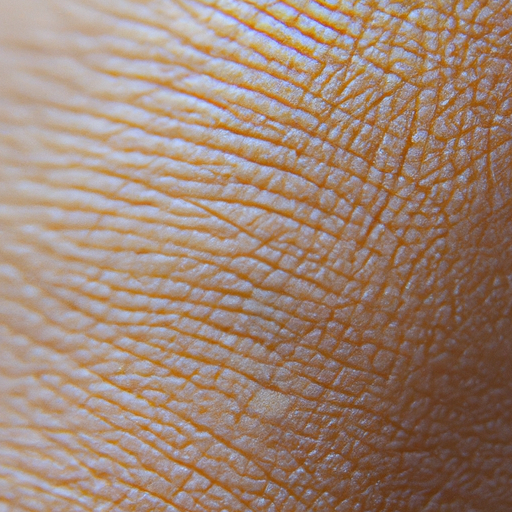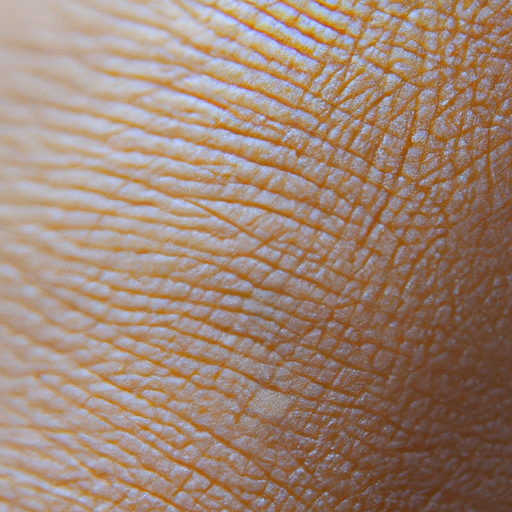As a medical professional, I am often asked about the best ways to maintain healthy, radiant skin. One of the most effective methods I recommend is regular face exfoliation. This article aims to unmask the radiance beneath your skin and provide you with the ultimate guide to face exfoliation.
Exfoliation is a process that removes dead skin cells from the outermost layer of your skin. This not only helps in rejuvenating your skin but also unclogs pores, prevents acne, evens out skin tone, and boosts circulation, all of which contribute to a healthier, more youthful appearance.
There are two main types of exfoliation: physical and chemical. Physical exfoliation involves using a scrub, brush, or other tool to manually remove dead skin cells. Chemical exfoliation, on the other hand, uses acids or enzymes to dissolve these cells.
Physical exfoliators are great for those with normal to oily skin. They can be as simple as a washcloth or a scrub with tiny grains. However, they should be used gently to avoid causing micro-tears in the skin. For those with sensitive skin, chemical exfoliators are a better choice. They contain ingredients like alpha and beta hydroxy acids (AHAs and BHAs) that gently dissolve dead skin cells without the need for scrubbing.
Regardless of the type of exfoliator you choose, it’s important to remember that less is more. Over-exfoliation can lead to redness, irritation, and even breakouts. As a general rule, aim to exfoliate your face once or twice a week. However, this can vary depending on your skin type and the product you’re using.
Before you start exfoliating, make sure your face is clean and free of makeup. Apply your chosen exfoliator according to its instructions, usually in a circular motion for physical exfoliators or by leaving it on for a specified time for chemical ones. After exfoliating, rinse your face with lukewarm water and pat it dry. Don’t forget to moisturize afterwards to hydrate your skin and protect the new cells you’ve just revealed.
One crucial point to remember is that exfoliation can make your skin more sensitive to the sun. Therefore, always apply a broad-spectrum sunscreen with an SPF of at least 30 after exfoliating, even on cloudy days.
In conclusion, regular exfoliation is a key component of any effective skincare routine. It helps to remove dead skin cells, unclog pores, and reveal the fresh, radiant skin underneath. Whether you choose physical or chemical exfoliation, remember to do it gently and not too often to avoid damaging your skin. And always protect your newly revealed skin with a good quality sunscreen.
Remember, everyone’s skin is unique, so what works for one person may not work for another. It’s always best to consult with a dermatologist or skincare professional before starting any new skincare regimen. With the right approach, you can unmask your skin’s natural radiance and enjoy a healthier, more youthful complexion.




